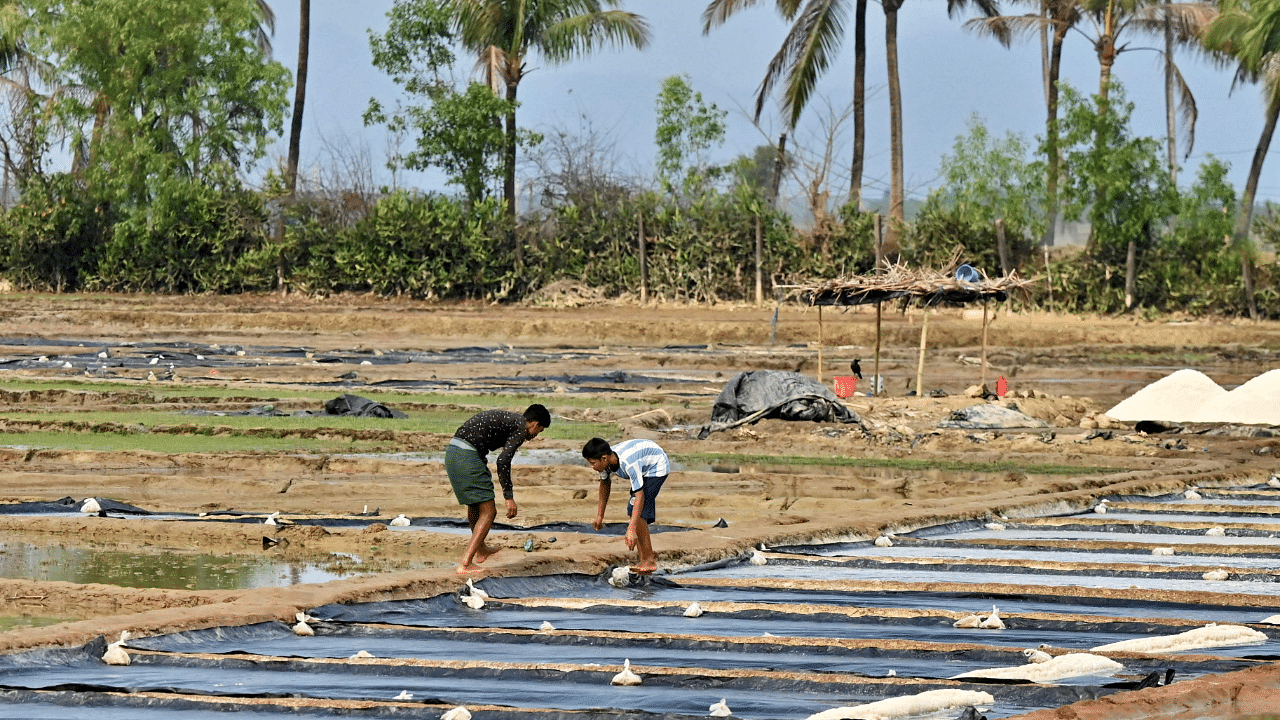
Bangladesh's rise is not unexpected, rather part of a long-term trend. At the moment of celebrating the country's 51st anniversary of independence, the subject appears to be worthy of a few lines. It has gone unnoticed that no one country has been able to do what Bangladesh has - from being a war-torn and aid-dependent country to emerging as a lender and, for some, an "emerging middle power" - in about 50 years of existence.
A country formerly riddled with political instability and violence, disaster-prone, and unable to provide for its population is today wealthier than many of its neighbours. It has outperformed all other countries in its region in terms of the per capita income, which has sparked a backlash in its neighbourhood. It has also attracted the attention of extra-regional powers. It has remembered its constitutional oath of supporting anyone in need and has stepped forward to lend money to Sri Lanka via a currency swap.
Some arguments are presented as to what contributed to Bangladesh's remarkable success. Different sources highlight four key areas: the ready-made garments (RMG) sector, Bangladesh's demographic dividend, its burgeoning online workforce, and the knowledge-based economy. Others, despite Bangladesh's achievements, have tarnished its image by claiming that the country has benefited from quota facilities from the US and Europe, which is the reason for its remarkable development. On the other hand, Bangladesh lost its quota benefits under the Multi Fibre Arrangement (MFA) in 1994.
Yes, several assessments come close to presenting a plausible explanation for Bangladesh's ascent, in which all four indicators will continue to grow for a variety of reasons. During the pandemic, Bangladesh specialised in many sorts of RMG items. Also, it began producing and exporting high-quality personal protective equipment, which will continue to be in high demand. As a developing manufacturing force, Bangladesh is moving away from 'Made in China' and towards a 'Made in Bangladesh' phase. Bangladesh's pharmaceutical industry has grown at an incredible rate.
Bangladesh's demographic dividend, which will last at least until 2050, indicates that it can produce low-skilled and semi-skilled labour in a globalised world. However, it misses how Bangladesh is also investing in exporting its skilled workforce, notably in the domains of medical experts. The number of medical institutions created in Bangladesh has generated goodwill, as evidenced by several South Asian countries that have sent their students to study medicine in Bangladesh. Lotay Tshering, the current prime minister of Bhutan, is an example of a South Asian student who studied medicine in Bangladesh.
Bangladesh is also attempting to establish itself as a South Asian IT hub and is presently the world's second-largest online labour force supplier. Furthermore, the rise of think tanks and their analysis has paved the way for Bangladesh to transition to a knowledge-based economy, ensuring its economic viability in the long run. In other words, Bangladesh has not followed a traditional Western growth model. Instead, it has done so in its unique way.
Bangladesh did not follow the traditional road of economic diplomacy in pursuing its development ambitions, instead opting to form a developmental relationship with whoever offered a fair bargain that would benefit Bangladesh's national interests. As a result, it has established development links with China and Japan and Persian Gulf countries to expand investment opportunities. Bangladesh has been able to model a unique route for others to follow to learn how to achieve 'development without hostility'. Academics have coined the term "the next Asian Tiger" to describe the country.
Bangladesh has diversified its port development choices so that it is not too reliant on any one country to build and operate its ports. At Matarbari, Bangladesh will have its first deep seaport, which is to be built with Japanese assistance. As a result, Bangladesh is designated as a vital littoral of the Bay of Bengal region. It describes itself as a maritime country, with access to the Bay expanding Bangladesh's options to the point that the Bay of Bengal is now considered its third neighbour. Bangladesh is rethinking the concept of a land-based neighbourhood by emphasising the geopolitical importance of a nearby maritime domain and, as a result, leveraging the Bay of Bengal's geopolitical advantage. Bangladesh's geopolitical location, formerly considered a curse, has become a boon.
Bangladesh has been able to attract attention due to its strategic location at the mouth of the Bay of Bengal, to the point that India, China, and other great countries desire to be its development partners. A country with a market of 160 million people is not a tiny country but instead qualifies as an emergent middle power in its own right.
(The writer is an independent researcher of South Asian affairs)
Disclaimer: The views expressed above are the author's own. They do not necessarily reflect the views of DH.